Beverly Heritage Center
Introduction
Text-to-speech Audio
Images
Hill Building Marker
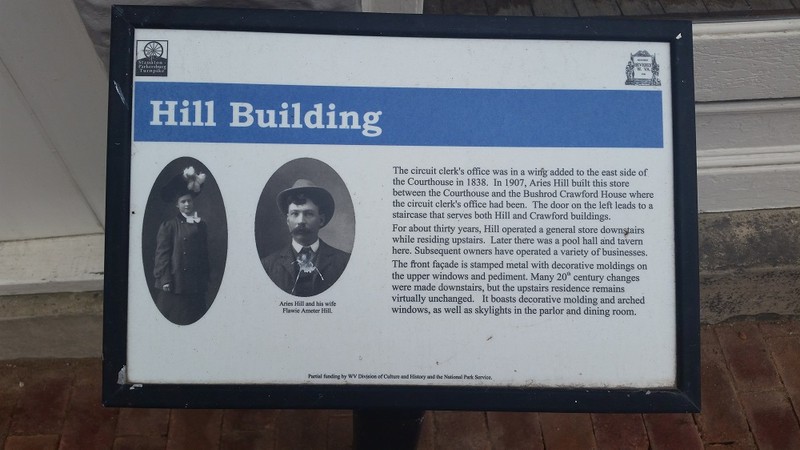
Hill Building
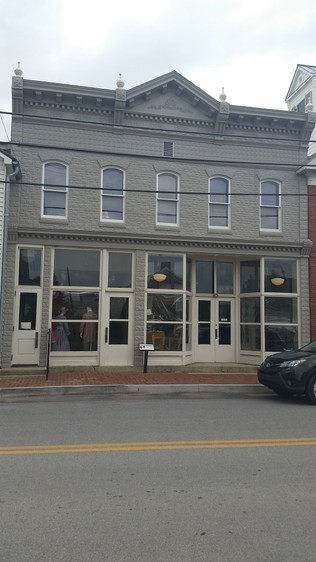
Brushrod Crawford Building Marker
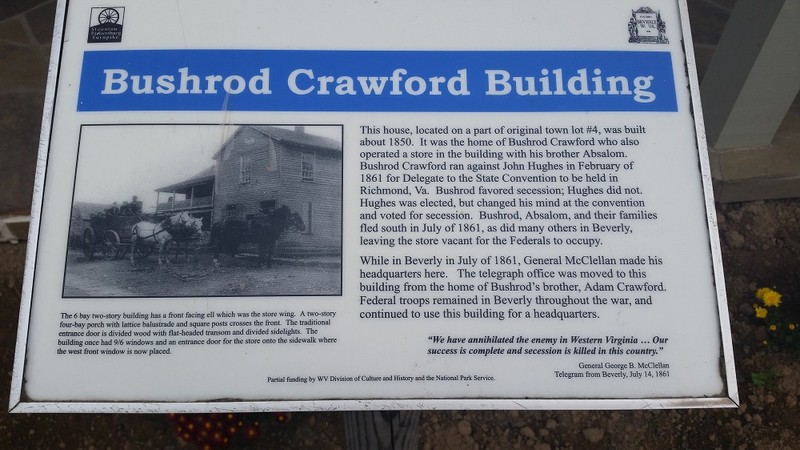
Brushrod Crawford Building
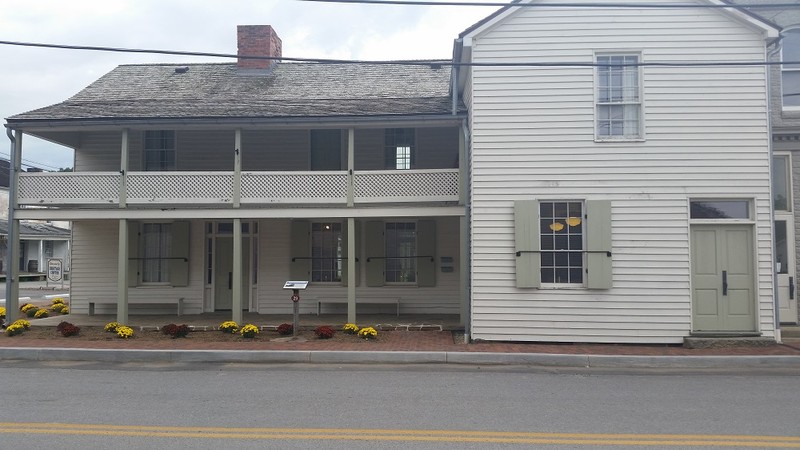
Historic Marker
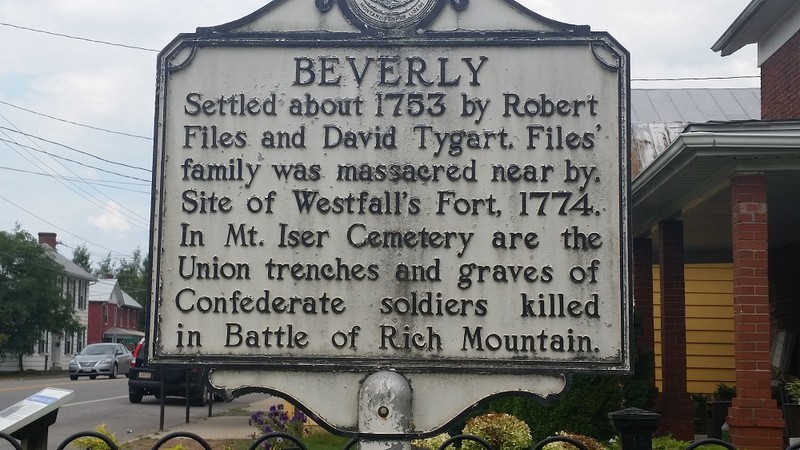
Historic Marker
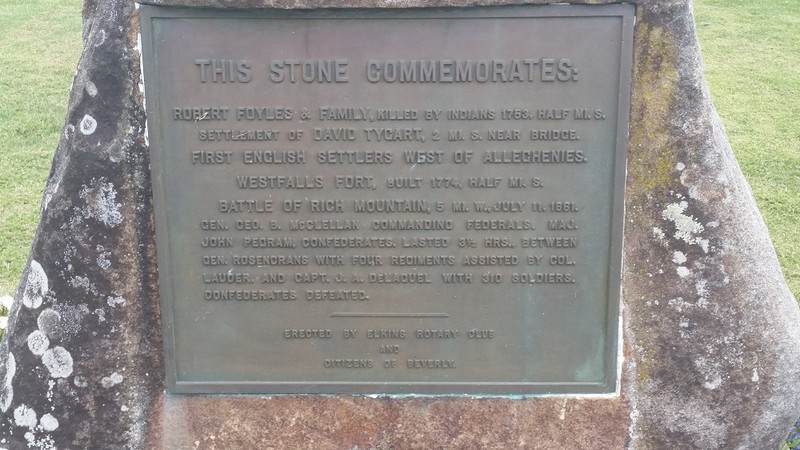
Jail Marker
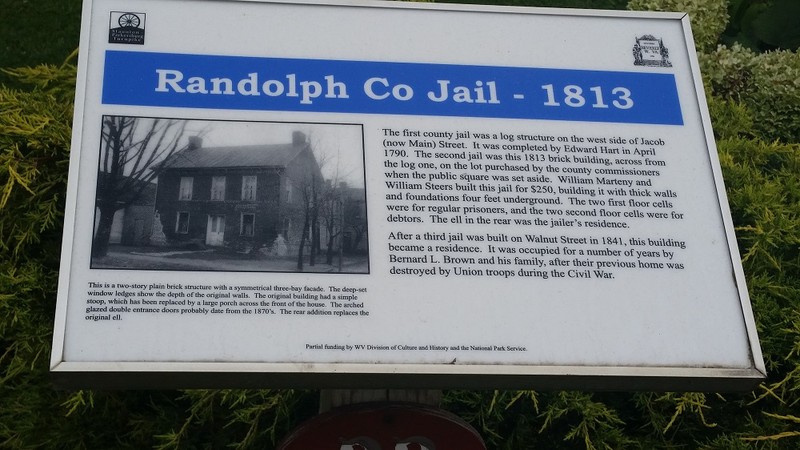

Occupied Beverly Marker
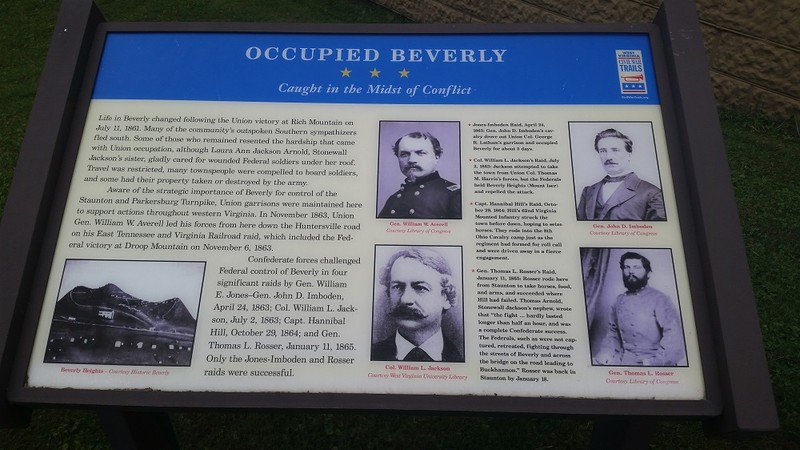

First Campaign Marker
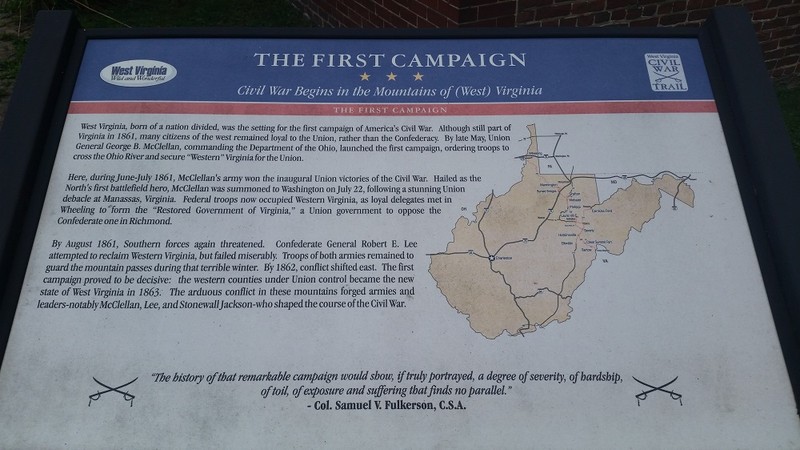
Blackman-Boswrth Store Marker
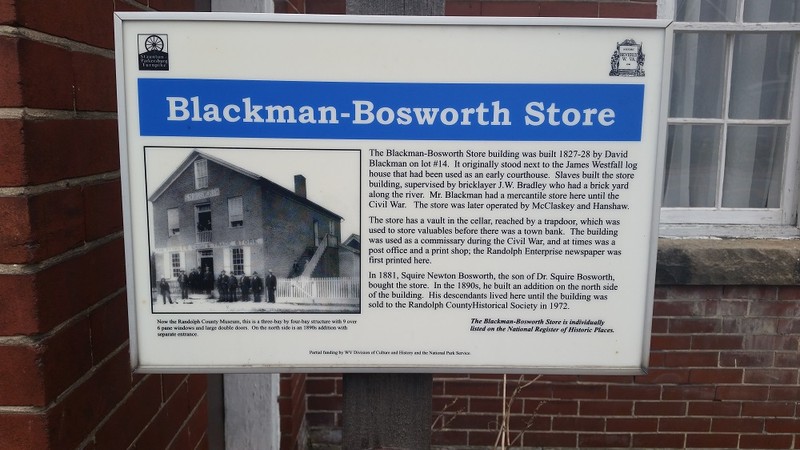
Inside the Balckman-Bosworth Museum
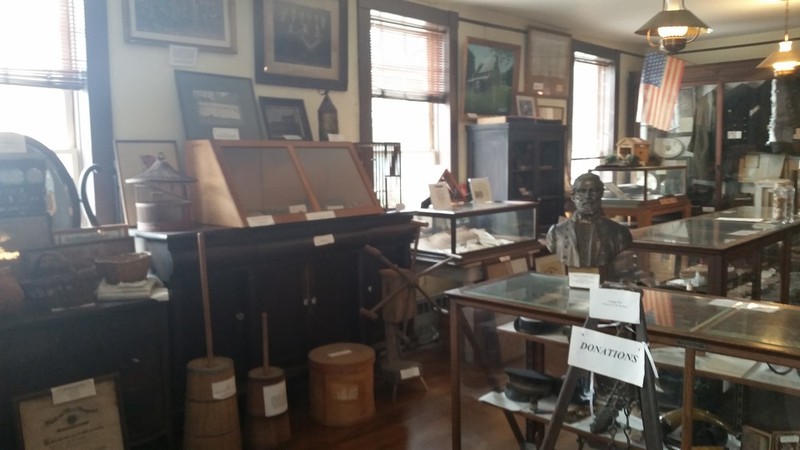
Inside the Blackman-Bosworth Museum
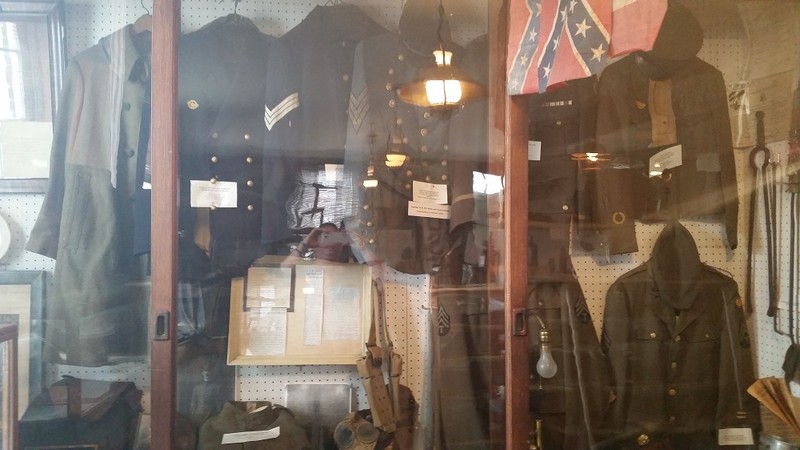
Blackman-Bosworth Store/Museum
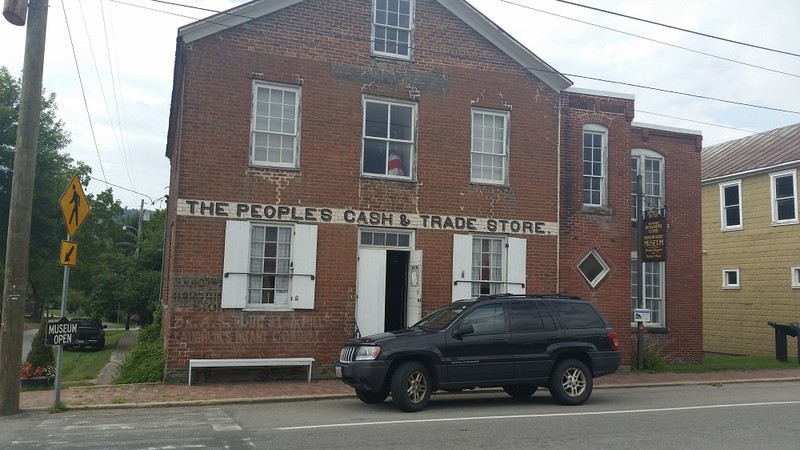
Beverly Bank
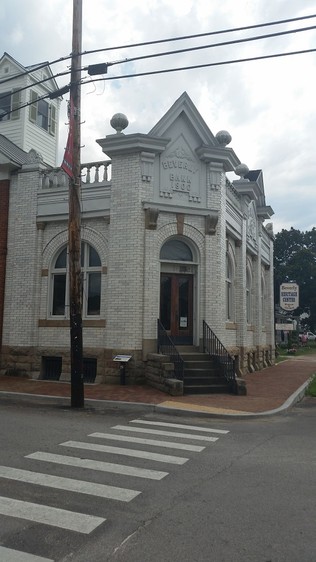
Beverly Bank Marker
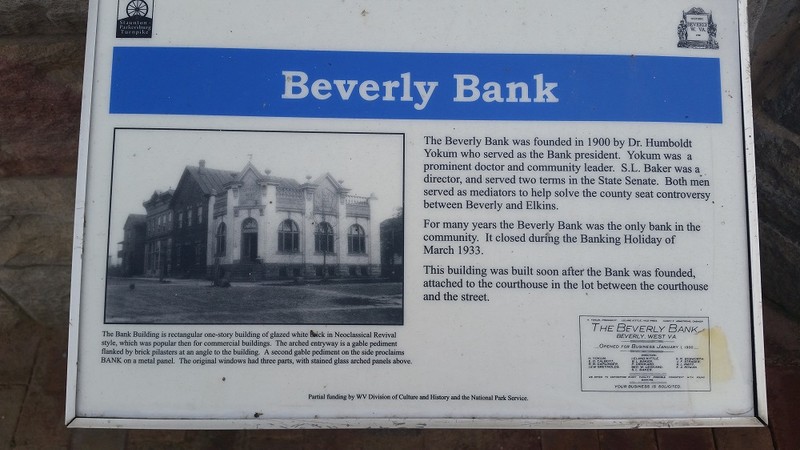
Randolph Coutny Courthouse Marker
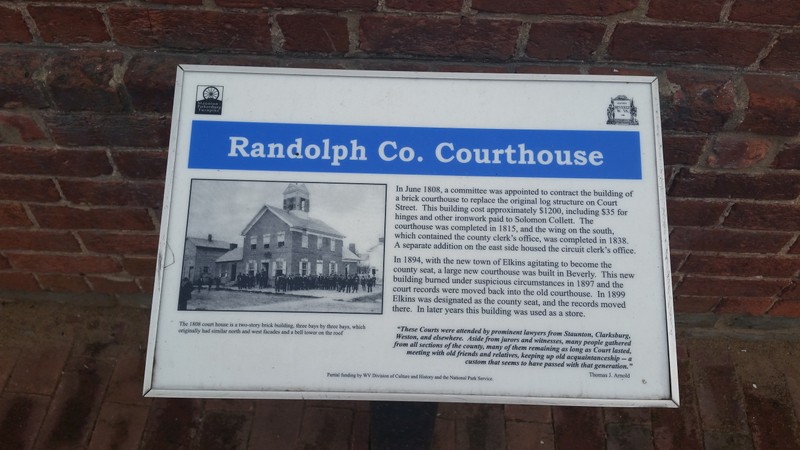
A map of the exhibits within the four buildings of the Beverly Heritage Center
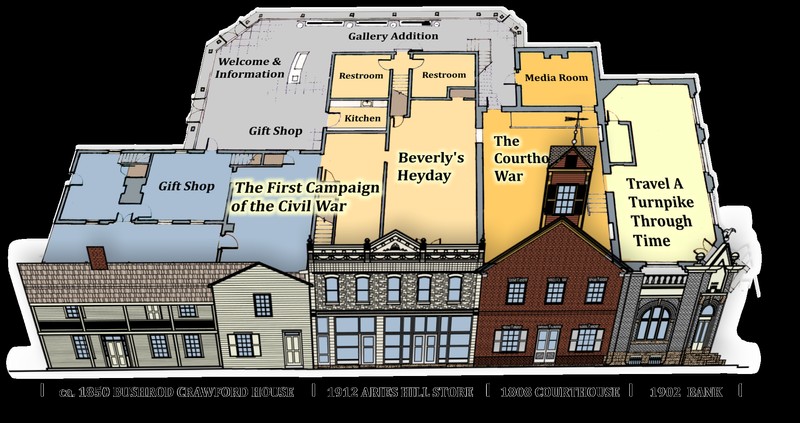
Then and now. Sometime between 1910-1920, and today.
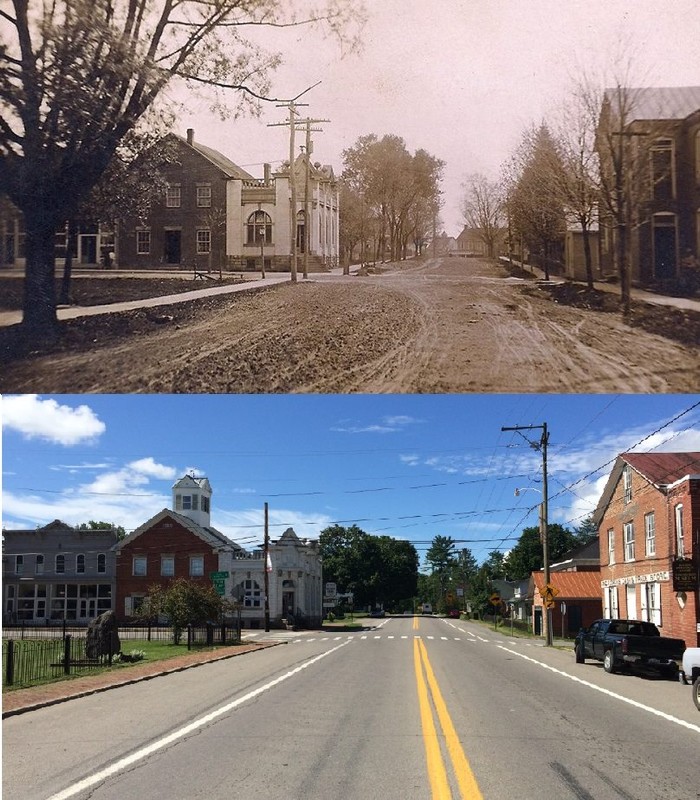
Backstory and Context
Text-to-speech Audio
The small town of Beverly, nestled in the Allegheny Mountains, was the gathering point for Confederate troops early in the Civil War. The Staunton-Parkersburg Turnpike connected to the B&O Railroad, which made Beverly a strategic crossroads between the North and South. As a result, both armies were anxious to control the territory. In 1861, Union General George B. McClellan led a surprise attack at the Battle of Rich Mountain. Although he demonstrated what would become a common tendency to fail to push his advantages into a stunning defeat of the Confederacy, his forces were able to secure control of the region. The Union controlled Beverly throughout the remainder of the war.
The four buildings that make up the museum are connected by a gallery with an enterance in the back of the building that makes the heritage center handicap accessible. The Beverly Bank opened at this location in 1900, but was not able to survive the banking crisis of the early 1930s and closed without reopening. The neoclassical building and with its signature arched windows and doorway survives to the present thanks to the efforts of local citizens and preservationists.The 1854 Bushrod Crawford building is a frame residence built shortly before the Civil War, and has significance as Union General McClellan’s headquarters after he won the Battle of Rich Mountain. The Hill Store building was built connecting the Courthouse and the Crawford building around 1907, and represents commercial development in the Beverly in the early 1900s. Last, but not least is the Randolph County Courthouse in the center of the complex. This building cost approximately $1200 to build, including $35 for hinges and other ironwork paid to Solomon Collett when he completed the building in 1815.1
Two of the earliest settlement families in the Beverly area were the Robert Files and David Tygart families. They arrived in 1753, but soon conflicts originating from the the French and Indian War forced these families to flee the area. Settlers of European descent returned in 1772, when Caption Benjamin Wilson led a group of nine families to the area. James Westfall was one of the nine original patriarchs, and in 1790, his twenty-acre plat was divided into one-half acre town lots. Planning for what would become the town of Beverly included the construction of a jail, courthouse, business district, and schoolhouse.
Construction of the Staunton-Parkersburg Turnpike began in 1840. By 1847, Beverly was a town that sat at a major crossroad. It was also destined to be a strategic point during the Civil War due to its connecting point to the North and South. Beverly became a gathering and staging point for Confederate troops at the start of hostilities. General Robert E. Lee ordered 1,000 muskets to be sent to Beverly to support the pro-Confederate volunteers being recruited in that area. The shipment never made it to Beverly, however, as the Union Army captured Confederate supplies when they routed Confederate partisans in the Battle of Phillipi on June 3, 1861.
On July 11, 1861, General George B. McClellan's successful surprise attack on Rich Mountain and his army's ability to control the turnpike led to the withdrawal of Confederate troops from the area. Union troops dug trenches around Butcher Hill (Mt. Isner) and built numerous fortifications around the town. Troops also utilized homes and public buildings throughout the town, especially during the winter months of occupation. The Lemuel Chenoweth House was one of many used to house officers and care for the sick and wounded. This home is located next to the Beverly covered bridge and is open for tours. Despite the Southern sympathies of many residents throughout the area, Beverly and the surrounding area would be controlled by the Union for most of the war. However, Confederate raiders were able to persist throughout the area, making the Civil War in this section of West Virginia a local affair that divided residents during and after West Virginia secured statehood on June 20, 1863.
The museum offers exhibits the history of Beverly, West Virginia is preserved by the Historic Beverly Preservation Group, Beverly ONTRAC Community Development Program, Rich Mountain Battlefield Foundation, Staunton-Parkersburg Turnpike Alliance, and the Randolph County Historical Society. Bi-annually the Historic Beverly Preservation organization hosts Beverly Heritage Days, which features home tours, food, music, and a living history of the town. More information can be obtained at the Rich Mountain Visitors Center on Court Street or at the Blackman-Bosworth Store/Museum located on Main Street.
Sources
1. “BHC: The Buildings.” Accessed August 30, 2016. http://www.beverlyheritagecenter.org/aboutbhc/buildings.html. 2. "Historic Beverly: Concerned Preservation Organizations." Historic Beverly: Concerned Preservation Organizations. Accessed August 01, 2016. http://www.historicbeverly.org/bevorg1.htm#Historic_Beverly_Preservation. 3. "Historic Beverly: Welcome To Historic Beverly, West Virginia." Historic Beverly: Welcome To Historic Beverly, West Virginia. Web. 01 Aug. 2016.
